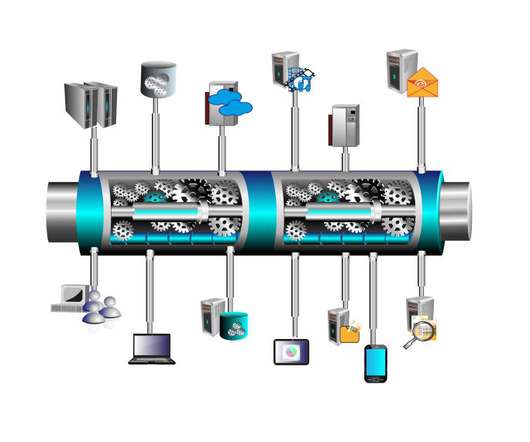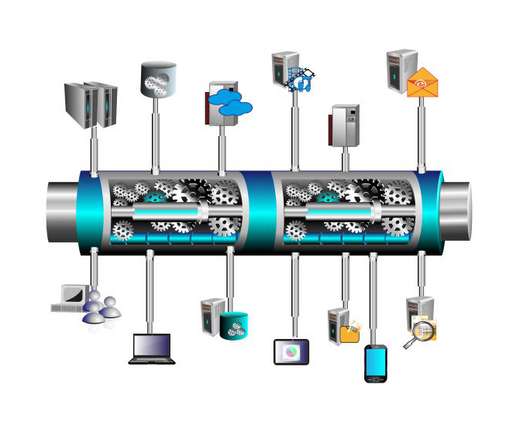What is a message queue? How an observability platform eases message queue monitoring
Dynatrace
AUGUST 5, 2022
A message queue is a form of middleware used in software development to enable communications between services, programs, and dissimilar components, such as operating systems and communication protocols. A message queue enables the smooth flow of information to make complex systems work. Watch webinar now!











Let's personalize your content